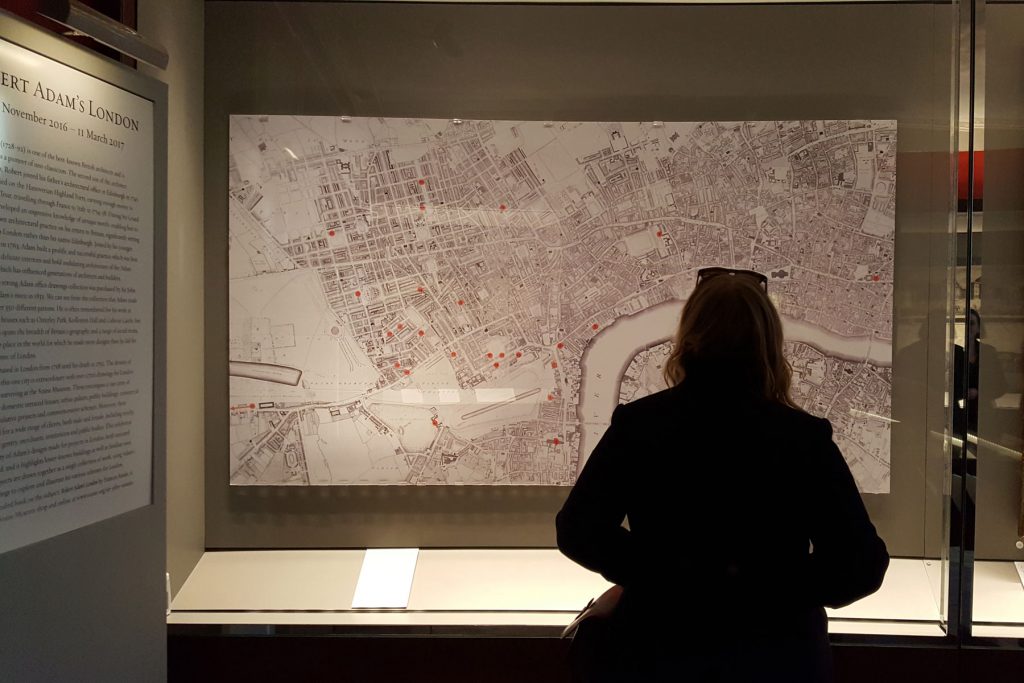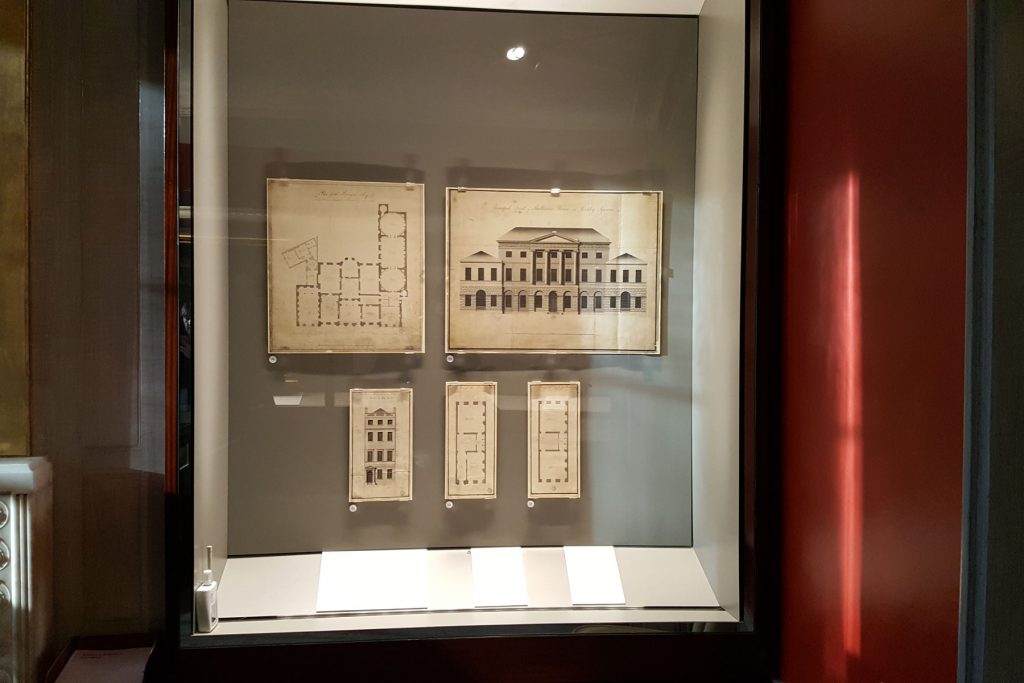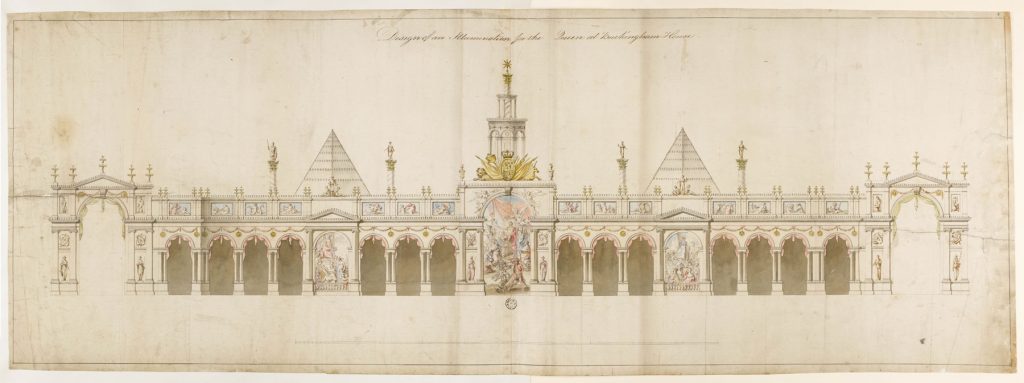A Scottish architect influenced by European ideals, who made his fame and fortune in London and was nearly bankrupted by it, whose archive was sold for a pittance after his death.
And some of that archive, which is now practically priceless, has gone on display.
Robert Adam is the architect, the son of another architect, who travelled in Europe and aged 30, settled in London to become an architect to the rich and famous.
A man who is today probably more famous for his grand country mansion interiors, which survived, but during his lifetime, much of his work was in London, sadly mostly since destroyed.
His style was neo-classical, highly popular during his lifetime, and derided almost the moment he died. As a result, Sir John Soane was able to buy most of his archive of drawings for a mere £200, and now the museum he set up owns roughly 84% of all the known Adam’s drawings.
With such a huge archive to choose from, a few choice examples have been put on display in an exhibition about his London work. As such it’s a display that dabbles in each chosen area, picked for their geographical leanings.
Being London, you won’t see anything of his great works at Kenwood, Syon House or Osterley, as they weren’t considered to be part of London at the time.
What you also won’t see outside the museum, is what he didn’t build. John Adam is almost as famous for his extravagant designs that were far too expensive for anyone to afford. In that regard, he had a rather European approach to architecture, and presumably how it was paid for — in that the aristocracy should be a lot more powerful and wealthy as they were in Europe, whereas the UK was rather more middle-class and democratic — by the standards of the time.
A grand scheme for a row of country mansions in Portland Place was swiftly replaced with a row of grand terraced houses instead. Still posh, but more English, less European.
Adam’s greatest skill though was when faced with building small, he was able to bring the country mansion-style to smaller London houses. An ability to shrink down the decoration to fit the size, while still retaining the wow factor is why he was so popular an architect.
As it is, most of the work he did in London is indoors, where it’s harder to see, and what he built externally is largely lost now.
Most famous was the Adelphi, a huge development that replaced a muddy slope down to the riverside by today’s Charing Cross with a grand frontage and mansion houses. It nearly bankrupted the family, and Adam had to be bailed out by the rest of the family taking out a massive mortgage to cover the costs.
He also did work on a few more modest mansion houses around London, and was — some said suspiciously — popular with ladies of a certain age. A lot of men married twice if their first wife died in childbirth as was common, and the new husband would often buy a second home for the second wife.
Adam seemed able to win a lot of commissions to decorate these second homes for second wives, and at a time when as an unmarried man, there were rumours that his preferences lay in a different direction. Certainly, the ladies enjoyed his probably entirely platonic friendship, as much as he enjoyed winning work, and wages from them.
One commission that Adam was never really able to cement though was from the ultimate aristocrat, the King. He was left with modest affairs, such as a bit of furniture, or a clock stand.
His one major win was a temporary design for an illumination to go in the grounds of Buckingham Palace, for the King’s birthday. Lit by over a thousand candles, it didn’t burn down but was still just a party piece.
Elsewhere though, he worked on a massive palatial design for Lincoln’s Inn which the Inn took one look at, saw the bill and promptly sent it back. Likewise for a design for Lloyds Coffee House, who took until the 1980s to decide upon a grand headquarters, like Lloyds of London.
 He designed a chair so opulent that it was said to have been the most expensive ever made. Many of his commissions doubtless delighted their owners, if alarmed the accountants.
He designed a chair so opulent that it was said to have been the most expensive ever made. Many of his commissions doubtless delighted their owners, if alarmed the accountants.
The exhibition also includes a drawing, of a museum case, which now sits in a museum case.
The exhibition, Robert Adam’s London is open now at Sir John Soane’s museum, until next March. Entry is free.










